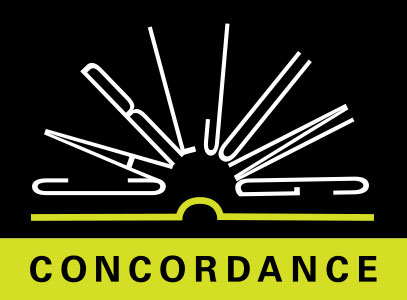The following dream is the most remarkable example on the theme of coagulatio symbolism that I have yet encountered:
The dreamer, a man in his early thirties, was characterized by a striking discrepancy between his high potential for psychological development and the limitations imposed by the severe psychic deprivation of his childhood environment. The result was that a sizable portion of ego development, which ordinarily occurs in childhood, was delayed and took place in adulthood during a lengthy course of psychotherapy. The following dream, which occurred after two years of about a ten-year treatment, presents the essence of that process. It can be seen as a kind of micromyth of ego development. The dream is as follows:
AOP ¶ 0Dream:
Candles and Crucifix
I am sitting before an ancient intaglio of a crucifixion. It is metal but it is partially covered with a waxlike substance which leads me to discover that there are candles above it, one on each side, and I realize I am to light these, and make the wax run down into the intaglio and that this has something to do with the ritual-like meal I am about to eat. I light the candles and the wax does run down into the empty form of the crucifixion. When it is full I take it down from the wall above me and am at my meal. I have taken the head of the image which has been formed by filling up the intaglio and am eating it. It is a substance like leadvery heavyand I begin to wonder if I can digest it. I wonder if humans can digest lead. I realize we eat a little every day, and that we eat silver, too. I think, therefore, that it is a safe thing to have eaten, but I am wary of eating too much. The dream ends while I an at the meal
DREAM COMMENTARY
This dream contains several coagulatio themes: solidification of a liquid, lead, eating, and the crucifixion. The ancient crucifixion intaglio symbolizes the innate archetype of the Self, an empty form waiting to be realized by an influx of living matter. The dream illustrates nicely Jung's statement that “archetypes are not determined as regards their content, but only as regards their form and then only to a very limited degree. A primordial image is determined as to its content only when it has become conscious and is therefore filled out with the material of conscious experience.The archetype in itself is empty and purely formal, nothing but a facultas praeformandi, a possibility of representation which is given a priori” ( CW9.1: par. 155 )
AOP ¶ 0The two lighted candles provide the molten wax that fills the empty form. They represent the psychic life process itself. This is suggested by such phrases as “burning the candle at both ends,” or “out, out brief candle.” The burning candle generates not only light but also molten matter, as though the living process of the psyche generates substancea coagulatio of spirit
AOP ¶ 0But why are there two candles? Adler reports this dream of a patient:
AOP ¶ 0Dream:
Two Candles
I carry two lighted candles of which I blow out one and keep the other alight, saying: “This is life and death” ( Alder, The Living Symbol, p. 157 )
DREAM COMMENTARY
Adler associates these two candles to the two torch bearers who flank Mithras in the conventional representations of him. One has his torch upright, the other, pointing downward. Perhaps the two candles will indicate the interplay of opposites, and the flowing of the two molten streams into one shape will signify a coniunctio of the opposites
AOP ¶ 0The eating of the wax figure corresponds to well-known ritual meals in which the participant eats a representation of the deityfor example, the Christian Eucharist. In the early church, wax was used as a symbol for the flesh of the Agnus Dei. “It was customary in Rome and in the whole Occident to make little lambs out of consecrated wax of the Paschal candle and to keep them for the octave of Easter, when they were distributed to the communicants after the Lord's supper.” Amalarius of Trier gives the following explanation of this rite: “The wax symbolizes, as Gregory (the Great) says in his sermons, the humanity of the Christ, for the honeycomb consists of honey in wax; the honey in wax however, is the divinity in the humanity. The lambs, which the Romans make (of wax), symbolize the immaculate Lamb, which was made for our benefit” ( Eisler, Orpheus the Fisher, p. 248 )
AOP ¶ 0The concern regarding the digestibility of the substance is characteristic. How much reality can the ego stand? This is an urgent question for us all. The dream seems to advise regular small doses of this bitter medicine
AOP ¶ 0In summary, this dream pictures ego development as a process in which the latent, preexistent totality, the Self, is first incarnated and then assimilated through the living efforts of the individual. It demonstrates Jung's statement that, “The Self, like the unconscious, is an a priori existence out of which the ego evolves. It is, so to speak, an unconscious, prefiguration of the ego” ( CW11: par. 391 )
AOP ¶ 0